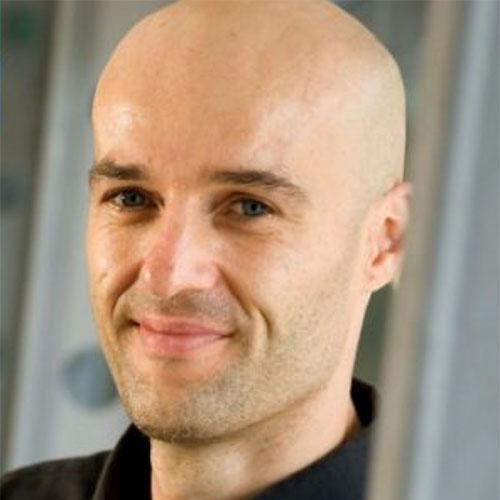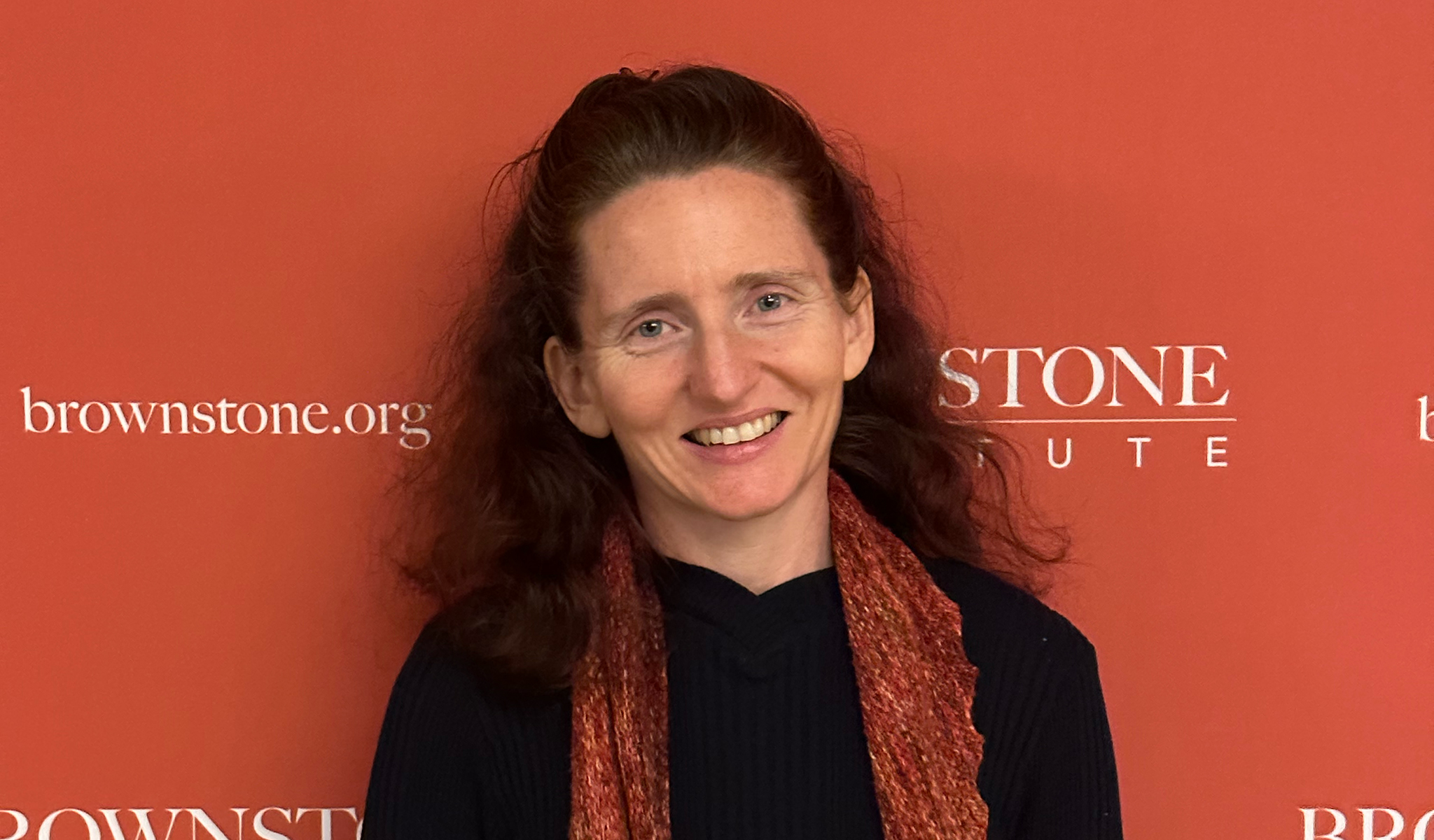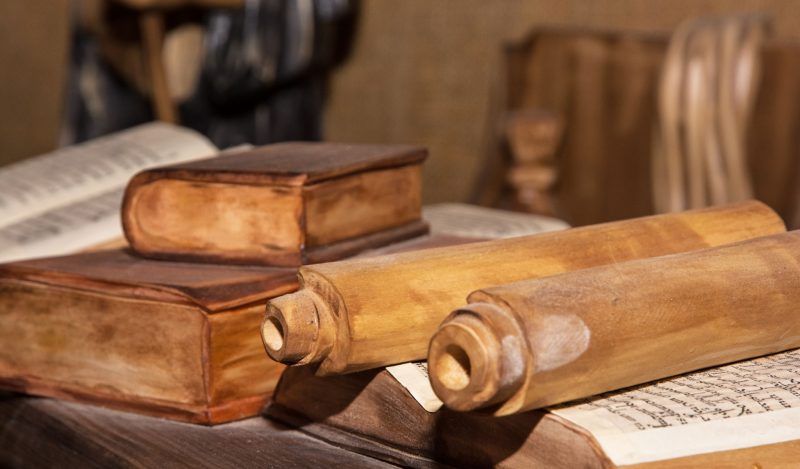John Stapleton, a celebrated retired Australian journalist, despairs about Australia. Starting in 2015 he has written increasingly dark books about the descent of the country he loves into corruption, apathy, and now covid-induced totalitarianism. John advocates a revival of small communities, hoping to see rejuvenated free Australians run the corrupt out of town.
In his 2023 book Australia Breaks Apart, John constantly switches personas between the clearly autobiographical ‘Old Alex,’ a wizened, fatalistic, lonely old man, and a journalistic chronicler of the covid period reporting news snippets, commentary by all and sundry, and the compulsory statistics on excess deaths and infections. News flashes and choice quotes. Some humour. Gritty grump.
The whole thing is laced with the pain of knowing that what you loved is being destroyed in front of your eyes, but being unable to convince people of the simplest of truths, such as that a year of lost schooling really is a disaster for your own children. Old Alex witnesses the banality of evil in his hometown, complete with the madness of crowds in his neighbours.
John liberally quotes from Brownstone Institute, which he terms the world’s leading academic centre, favourably quoting Jeffrey Tucker, Gigi Foster, Ramesh Thakur, Michael Senger, and Richard Kelly. A minor personal quibble on the hero-worshipping that decorates his references to these and other people is that he depicts Gigi always as a sole author, with Paul and Michael (her co-authors on The Great Covid Panic and many other Brownstone writings) merely hanging on her coattails.
Their bruised egos will recover, but still. More importantly, whether Brownstone will affect policy remains to be seen. Yet clearly ‘we’ have brought some camaraderie and solace to John. He was not alone and knew he wasn’t going crazy because, in covid times, he could read how authors from dozens of other countries had reached nearly the same conclusions as he had.
The book does have some serious flaws. John sometimes lets his hope get the best of him, such as when he says ‘Many estimates settled around the 1.4 million figure’ regarding the size of the 2022 Convoy to Canberra, an event inspired by the Canadian Freedom Convoy of trucks pulling into the capital. Even on the website convoycanberra.com it is claimed merely that “Hundreds of Thousands of Australians descended upon Canberra Between January 28 and March 11 2022.” Much as we would have wished a whole 1.4 million Australians had put in the effort to find their voices in such a dramatic fashion, we’d personally be pleasantly surprised if there were so many as 100,000 people in the convoy.
Other claims are just ‘off.’ He talks incessantly about the eastern seaboard states, but not much about Western Australia, which was a focal point of political authoritarianism and public sycophancy. He praises Tucker Carlson for his famous diatribe about Australia, without mentioning that Tucker also praised the Premier of WA for continuing to keep his borders closed, allegedly ‘following the science’ and protecting his people, but long after it became transparently an exercise in political muscle-flexing, the latest episode in the WA politicians’ favourite sport of baiting the Eastern establishment. Tucker missed the point, thinking Premier McGowan was just a smart guy who didn’t want his state pushed around by the eastern states’ idiocracy. Kind of like Texas.
The author’s referencing of particular people in the resistance is patchy and sometimes inappropriate in terms of emphasis or chronology. He leaves out some important people or mentions them far too late (e.g., Dijana Dragomirovic, Alan Jones, Julian Gillespie, Adam Creighton, Malcolm Roberts, Gerard Rennick). He over-idolises others (e.g., Monica Smit and Naomi Wolf, in addition to those mentioned earlier), and is sometimes stingy with his praise, as when he acknowledges the Discernable podcasts, but not their host and creator Matt Wong. This gives the reader the feeling that ‘Old Alex’ is either just lazy or somewhat enjoys being rude.
The book also has a distinctly fantastical feel, as if the writer isn’t quite sure whether he is living in the real world or in a dream-dystopia. That is almost surely intentional, but also takes away somewhat from the main value of the book, which is as a faithful chronicle of what happened, blow-by-blow, in Australia during the covid period from the perspective of a sceptic. The choice to not add references accentuates the fantastical feel and makes this book easy to dismiss for someone who doesn’t like the message: they can simply say that whatever they don’t like was made up. Moreover, all the same observations are made again, and again, and again. And again. The book has so much repetition of imagery and other gunk that the author could have condensed the book by a third, easily, and not lost a single bit of meaning or message.
Australia Breaks Apart reminds us of Alexandr Solzhenitsyn’s Gulag Archipelago in the sense that someone had to do it. The Gulag Arch was a terrible read, not much better than reading the phone book, but Solzhenitsyn can be forgiven because he was trying to document the Gulag for the historical record, and no one else was going to do that, at least not at the time with Brezhnev at the helm and Andropov running the KGB.
Australia Breaks Apart also reflects the mood of its time and documents the covid-era catastrophe in gruelling detail. It needed to be penned. And just as Alexandr was a humble man, the author of Australia Breaks Apart shows some humility in his ‘Old Alex’ self-characterisation, but 500 pages of personal suffering festooned with illusions of literary grandeur? That’s not humble. Indeed, none of the three of us managed to read the whole thing without some annoyance.
Though the book is only readable for sceptics in Australia who like their wallowing to be extensive and their facts to fit the story, this is not to take away from our overall appreciation. The book reflects a perspective and an experience many on ‘our side’ will have had.
In 19 chapters, John covers all the important elements of the disaster befalling Australia: the arrogance of power, the delight of the bullies at having so many victims, the panic over trivialities, the desire for destruction, the suffering of the children and the lonely, the absurdity of the ever-changing rules, the corruption, the lies, and the oppressive sensation of being in a slow-motion disaster.
One commiserates with those arrested on the beach for not wearing masks. One senses the anger of those fired for not accepting poison into their bodies being patronised by courts. One hurts all over hearing of the fracturing of communities and families as the larger part follows authority into darkness and the minor piece tries to hold onto the light.
We can only agree with John on practically all substantive counts. We wrote books on the increasing corruption in Australia before 2020 too, with articles in 2015 about how the super-rich in Australia are seldom innovators but rather land developers and mining executives: i.e., grafters, beneficiaries of political favours, not technological gurus. From Game of Mates in 2017 to Do Lockdowns and Border Closures Serve the ‘Greater Good?, a cost-benefit analysis of Australia’s covid lockdowns, in 2022, we have made the same journey as John. The difference in our roles is because of what we do for a living – we are more academic and less journalistic – but what we see and what we hope for are shared with John. It is heartening that people from very different walks of life have seen the same disaster, even if ignored by the majority.
We see the role of this book as explaining the multi-speed disaster of the last 20 years in Australia to an audience different than the one we can reach. John speaks to his generation and to those who, like him, speak in an emotional language. John is from Australia and speaks generously of his love for Australia, making his pain difficult for other true-blue Australians to look away from. It deserves a large audience.
We academics will keep doing our thing, which includes having co-founded Australians for Science and Freedom, and we hope John will keep doing his thing. We are in this together, mate, and we expect the struggle to last a long time.
Published under a Creative Commons Attribution 4.0 International License
For reprints, please set the canonical link back to the original Brownstone Institute Article and Author.











